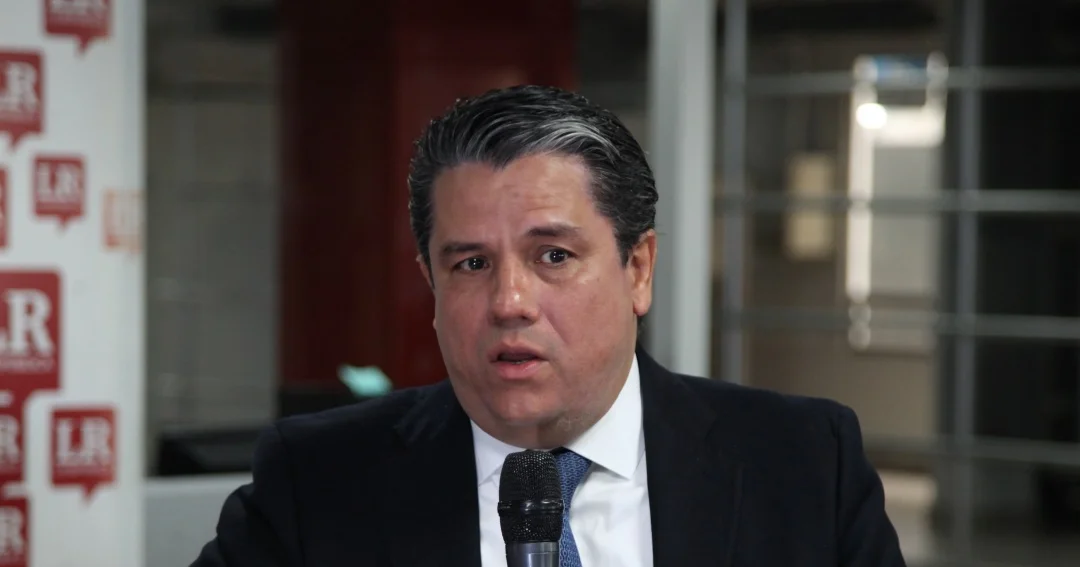According to data from USAENE and the Inter-American Development Bank (IDB), Colombia has 186 charging stations nationwide.
Despite the regulation favouring Type 1, the market also includes CCS1, CCS2, CHAdeMO, GB/T, Type 2, and CEE connectors.
This variety of standards impacts user experience and slows the growth of electromobility in the country.
For MubOn, a company specialising in charging infrastructure, Colombia’s regulatory framework and market dynamics explain the situation.
“While Colombian regulations prioritise Type 1/CCS1, this is merely a minimum requirement for public charging stations. As a result, other standards can be included based on market demand,” MubOn representatives told Mobility Portal Latinoamérica.
Moreover, Colombia’s electrical grid—similar to North America’s (120/208V, 60Hz, with 440V or 480V support)—played a key role in the adoption of Type 1.
“Initially, this standard was favoured without considering international market trends and vehicle supply,” MubOn added.
However, the growth of charging infrastructure has not aligned with the expansion of the EV fleet, leading to a fragmented ecosystem.
A Regulatory Framework That Does Not Bind Automakers
One of the biggest obstacles to connector standardisation in Colombia is that current regulations apply only to charging infrastructure and not to the import or sale of electric vehicles.
According to Óscar Martínez, CEO of Colombia EV, the lack of legislation is a major issue.
“There is no mandatory requirement for manufacturers or distributors to adopt a specific charging standard. Each distributor decides which connector to offer, and I don’t see this changing in the short term. However, this flexibility has also driven market growth, as it allows a greater variety of models to enter the country,” Martínez explained.
For MubOn, the challenge is not only regulatory but also linked to Colombia’s market size.
“With fewer than 10,000 EVs sold annually, Colombia is too small for automakers to adapt their offerings to local standards,” MubOn stated.
Additionally, manufacturers seek to minimise production changes.
“Since regulations do not restrict vehicle imports based on connector type, many brands choose to import EVs with minimal modifications,” MubOn added.
Furthermore, China’s dominance in global EV production plays a crucial role.
“China is the largest EV producer globally, and since its models face barriers entering the US market, manufacturers do not tailor their vehicles to Colombia. Instead, they replicate the same configurations used in other Latin American countries,” MubOn noted.
Impact on Users and Charging Infrastructure
From the consumer perspective, the lack of a unified standard can create challenges in public charging.
“While this doesn’t affect EV adoption directly, it does impact user experience. Many drivers only realise the connector issue when they try to charge their EV for the first time, only to find their vehicle incompatible with a specific station,” Martínez explained.
For MubOn, this lack of standardisation not only increases costs and risks for users, who must rely on adapters, but also affects charge point operators (CPOs).
“Charging infrastructure investors must install multiple connector types instead of a single standard, as seen in China and Europe. This raises costs and slows the widespread adoption of EVs,” MubOn representatives stated.
This issue is evident in Colombia’s charging network expansion.
Between 2021 and 2024, the number of charging stations grew by 56.3%, increasing from 119 to 186 stations. However, the absence of a single standard forces companies to make costlier investments, slowing the deployment of new chargers.
How to Solve the Charging System Fragmentation?
To overcome this challenge, the industry must balance flexibility for manufacturers with the need to unify the charging ecosystem.
For MubOn, the solution lies in stricter and more coordinated regulations.
“Some users may delay purchasing an EV until the connector issue is resolved, just as some CPOs may minimise investment risks due to uncertainty. A clearer standardisation policy would accelerate the transition to electromobility,” MubOn concluded.







